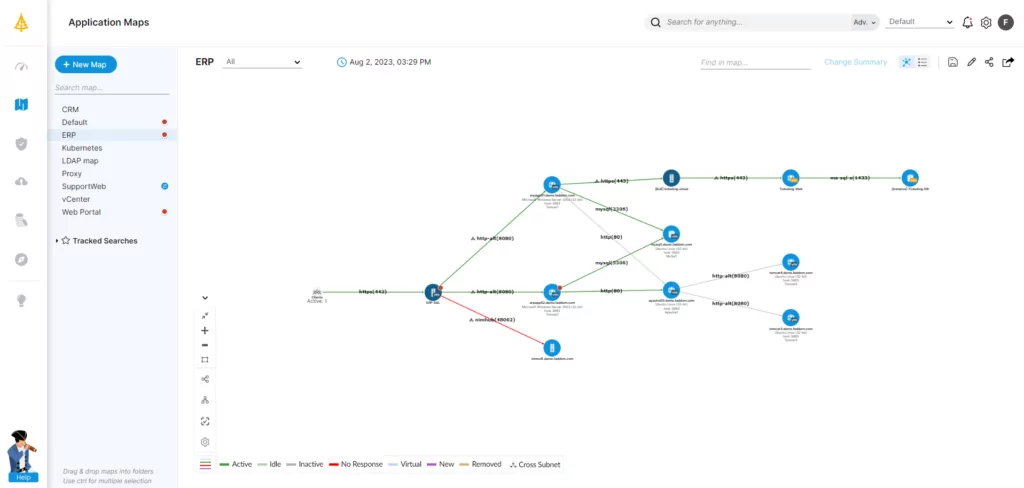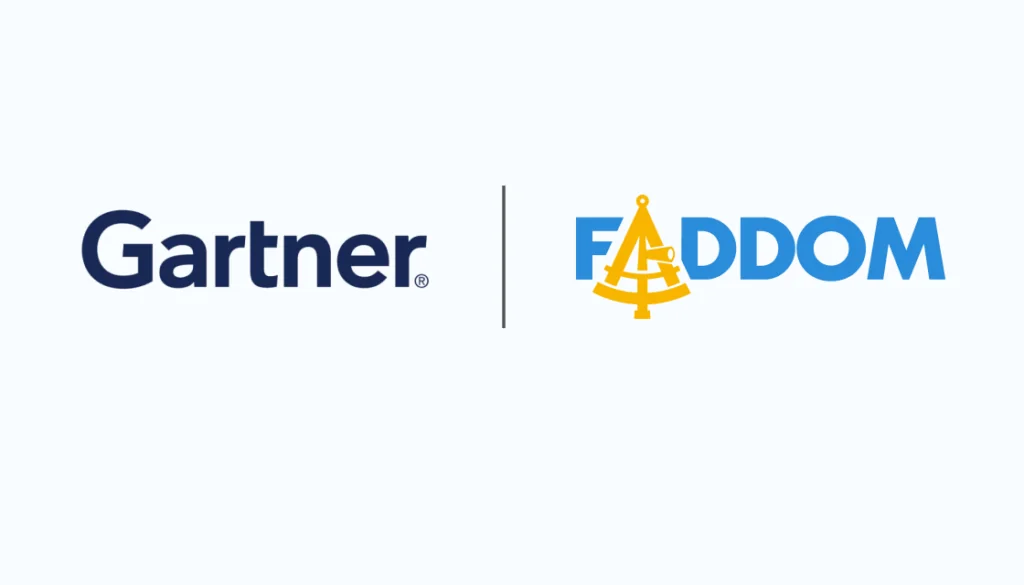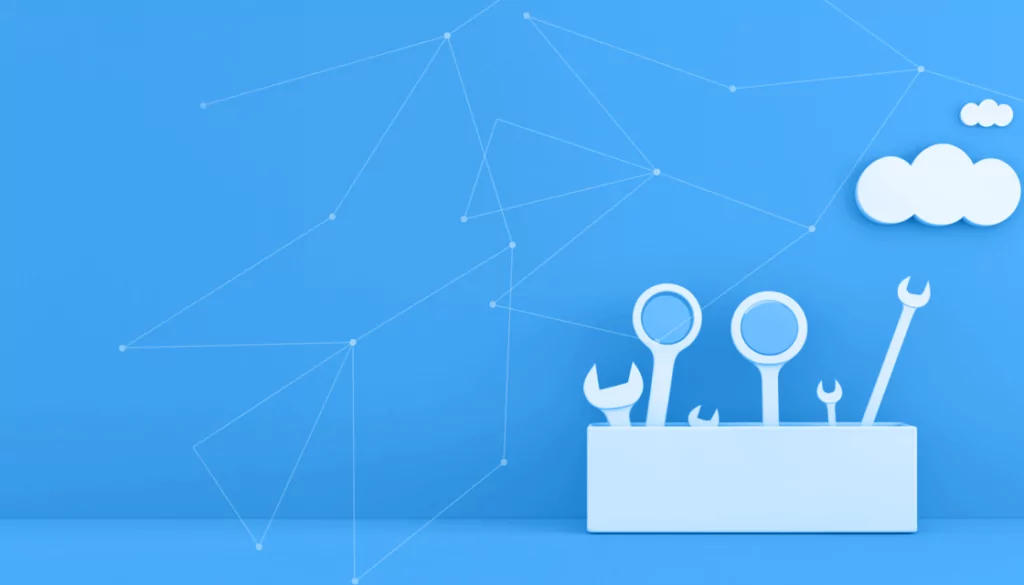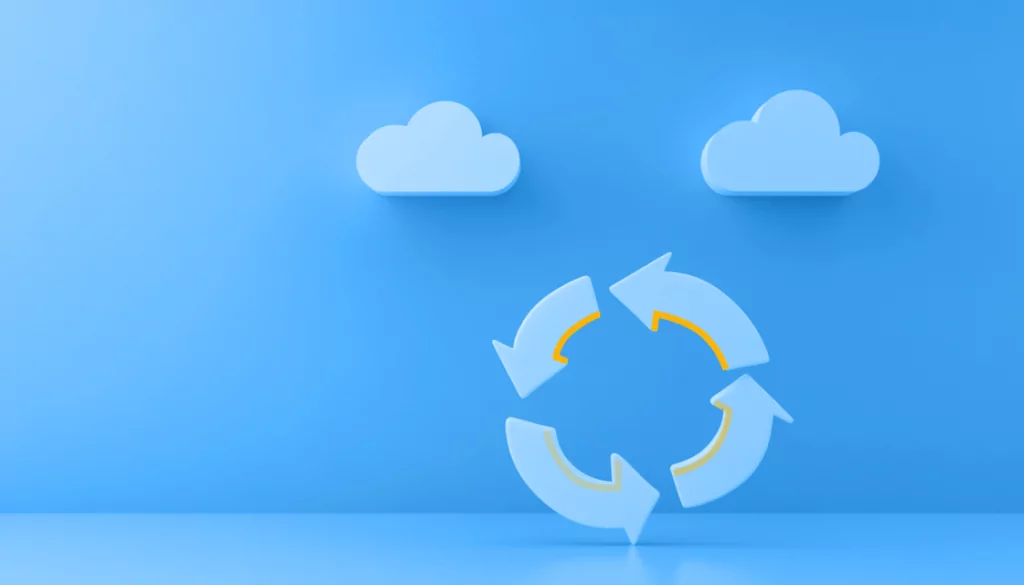Applications of various types, whether on-premises legacy, SaaS, or cloud native, play a key role in every aspect of business. In 2023, enterprises are using an average of 1061 applications, up from 976 in 2022, according to a joint MuleSoft and Deloitte report survey.
However, the business landscape is currently undergoing a period of volatile changes, including mass layoffs, recession fears, and a slew of post pandemic workforce and business structure changes. As a result, applications are now more vital in maintaining the precarious balance of operational consistency, business viability, profitability, and innovation in a changing hybrid cloud world.
Table of Contents
ToggleHybrid cloud app discovery is a crucial means for maintaining and exploiting that balance in today’s and tomorrow’s business climate. Understanding application discovery benefits sets the stage for businesses to reap the biggest possible benefits based on specific and current needs for growth, change, innovation, and agility—balanced with consistency. The goal for any business is to exploit maximally their applications in a business climate where the major business outcome challenges hinge on application performance, including:
- Cloud migrations
- Mergers and acquisitions (M&A)
- Security
- IT infrastructure and network assessment/performance monitoring
Discovery that succeeds in meeting the changing operational needs, and simultaneously responds to the market forces that characterize today’s hybrid multi-cloud world, supports the realization of optimum business innovation outcomes. Rudimentary discovery, on the other hand, can only lead to stunted outcomes at best, and may result in disastrous outcomes in worst case scenarios.
How Discovery Supports Hybrid Multicloud Migration
Every enterprise operating in today’s digital business environment depends upon delivering strategic business value through an agile and flexible technology and application stack. Today, that stack spans hybrid and multicloud environments. Digital transformation business outcomes cannot come at the expense of unsustainable cloud computing costs, which means that organizations can no longer afford a rush to the cloud without full knowledge of their applications, workloads, and interdependencies.
Hybrid cloud facilitates a more selective and strategic approach to a business’ stack in ways that enable the organization to realize tangible business and financial outcomes through migration. That must start with an understanding of the benefits and limitations of the major cloud providers.
Benefits and Limitations of Cloud Application Discovery Services
Hyperscale cloud providers like AWS, GCP, and Azure offer high quality cloud application discovery services that give organizations application insights for placement flexibility. These tools and services, whether used individually or collectively, provide substantial application discovery data across hybrid cloud environments.
However, they all have their drawbacks, ranging from their usage costs (which are based on servers and environments) to their usage model that promotes vendor lock-in; the latter limits workload placement flexibility as part of a multicloud strategy. They each lack some aspects of comprehensive discovery that are foundational to multicloud strategies. Platform-specific benefits and limitations warrant a further look.
AWS Application Discovery Service
AWS Application Discovery Service is integrated with AWS Migration Hub without a discovery agent. This makes it useful for planning migration to the AWS cloud via application discovery of on-premises server usage and configuration data. Cloud users’ VMs in the VMware vCenter environment can collect system information without agent installation on each VM.
A major limitation of AWS Application Discovery Service is that it only works across AWS environments that tie storage to a specific AWS Migration Hub home Region.
Azure Application Discovery
Azure’s application discovery services can discover installed applications, web apps, and SQL Server instances and databases within on-premises server environments without agents using Azure Migrate. Microsoft Cloud application discovery tools have some important limitations when it comes to discovery of ASP.NET web applications.
However, Azure Migrate’s application discovery service is only available with appliance discovery of servers running in an organization’s VMware environment, and does not work for physical or virtual servers running on other clouds like AWS or GCP.
GCP Stratozone
GCP Stratozone is designed to support application discovery and migration to the Google cloud platform. This includes configuration, utilization, and network dependencies for all applications on each physical or virtual server on-premises, in a GCP environment, or in any other cloud provider environment.
Responding to Limitations with Additional Discovery Tools
Capturing storage and database foundation details, such as discovery across MySQL and/or NoSQL servers/databases and their application dependencies, may require additional discovery tools across multiple cloud provider environments. Another need for businesses is network assessment/performance monitoring and capacity planning, which can be challenging with cloud-vendor-based discovery tools that only work across their own environments. These tools also have limitations when it comes to backup redundancy/failover because of limited visibility and escalating usage costs per server.
CSP discovery tools—of which there are many—are vital for a variety of in-depth processes and analytics that an SME or enterprise may want or need to undertake on a random milestone basis. But many of these tools come with fees that make regular discovery across a hybrid multicloud environment costly when time and cost constraints, specific business outcomes, and operational efficiency processes come into play, such as in the case of M&A.
Mergers and Acquisitions
Cloud app discovery is vital to the M&A lifecycle, which begins with the pre-merger Transitional Service Agreement (TSA) and extends through Day 1, the 100-day plan period, and post-merger milestones.
The TSA (transitional service agreement) governs which systems and applications will be maintained by the buyer for a specific period during the process. The Day 1 agreement spells out:
- What the buyer organization will and will not do
- What the seller organization will and will not do
The concept of “day 100” refers to the accomplishments of the merged company during its first quarter of operation. By this milestone, tier 1 (primary) and tier 2 (secondary) applications will have been discovered across both organizations to determine what to keep, merge, or eliminate. The goal is to maximize synergies within the newly merged company by day 100.
Application integration is key to a smooth operations and IT integration process during M&A, and requires an accurate and comprehensive inventory of applications and workloads. This supports pre- to post-merger collaboration and process fulfillment. The application stack will generally double across two organizations during M&A, which can mean that hundreds (or even thousands) or applications will need to be discovered and a decision made for each regarding migration, expansion, or elimination. Comprehensive hybrid cloud application discovery is the first step in achieving the key aspects of communication and collaboration that set the stage for a successful merger.
A significant number of startups, SMEs, and enterprises will be involved in at least one M&A transaction during their business lifecycle, as evidenced by over 65,000 such processes recorded in 2021, according to PwC. The specific case of M&A pales in comparison to the everyday reality that all organizations face: security challenges that require strategies built on application discovery.
Security and Costs Risks
As cloud usage expands in 2023, organizations are finding it increasingly challenging to track applications across hybrid and multicloud environments. This poses numerous security risks when it comes to cloud application security discovery needs, such as via shadow IT and unauthorized SaaS spend. The ability to rightsize authorized and unauthorized SaaS spend cannot be accomplished without a comprehensive discovery process across all hybrid and multi-cloud environments.
Utilization maximization measures such as these, when applied across hybrid cloud environments, can make it challenging to gain specific user licensing data. Comprehensive application discovery is necessary to enable further cost containment. Other security needs—like vulnerability assessments and regulatory compliance—can be difficult to accomplish with applications and their workloads and associated databases positioned across environments, and even regions.
Meeting Differing Regulatory Requirements
As more organizations structure hybrid multicloud strategies to accommodate regulatory and sovereignty rules, ongoing cloud application discovery can become expensive and challenging. A Capgemini study found that 71% of enterprise leaders across ten countries (including the US, UK, and Germany) intend to explore sovereign cloud services adoption to ensure regulatory compliance. This will require comprehensive and ongoing discovery for planning and long-term realignment.
BCDR and Cloud Application Discovery
Business continuity and disaster recovery (BCDR) is one of the cloud’s most important security features. The challenge is that constantly updated backups may be stored in several locations, making it difficult to get a clear picture of the application, workload, and dependency stack. This requires a hybrid cloud application discovery solution that can access every environment on a regular basis—without incurring unsustainable costs for each discovery mapping session.
IT Infrastructure and Network Assessment/Performance Monitoring
Applications and the data they produce are constantly being accessed across the enterprise network, which makes consistent network assessment and performance monitoring both challenging and crucial. The monitoring process can support latency elimination and bandwidth issues, both of which can doom operational performance if not optimized. That requires an organization to have a constant and complete view of all applications across all servers, hardware, data centers, and cloud environments to ensure that business operations can deliver favorable outcomes.
Nearly 90% of CIOs plan on shifting more of their budget towards digital transformation over the next five years, according to a survey from cloud provider Navisite. In an ideal world, digital transformation projects that drive business outcomes are subject to advance planning, unlike the kinds of remote application access and workforce collaboration needs spurred by the pandemic. Tomorrow’s projects—like edge computing, IoT and AI platform development, business process automation (BPA) and data integration—will rely on application discovery to meet business outcomes.
Populate and Maintain CMDB
CMDBs (configuration management databases) are a vital part of ensuring and supporting application, network, and IT infrastructure performance as the primary repositories of IT assets. This enables help desk and ITSM operations that drive business processes and end user support operations. The limitations of manual CMDB updating are important to understand, and because CMDBs are so vital, application discovery can be a powerful tool to support the fast and accurate updating of the CMDB. CMDBs can thus become a powerful source of information about current business applications.
Support Data Discovery and BI
True application discovery and mapping must provide data discovery for BI, an acronym for business intelligence. Data discovery and BI have different uses within an organization, but they both aggregate data from multiple sources. While BI supports daily operational insights, data discovery supports long-term analytics—and application discovery is the starting point for both. Both processes require knowledge of where data is located, and its application workload connections and interdependencies, in order to support actionable planning from the analysis.
Be Prepared for All Contingencies with Faddom

IT infrastructure and applications exist in service of current and future business outcomes. This makes it crucial to have a complete picture of those applications and their dependencies across every environment to maintain, improve, and expand those outcomes. Applications grow and change as both a driver and a result of business activities. Hybrid cloud application discovery via a single unifying approach (like Faddom) is the ideal means for adapting to every business contingency.
Faddom broadens the scope and cost containment of CSP cloud application discovery services. Businesses need a cost effective way to determine capacity planning across hybrid cloud environments with physical and virtual servers, and want to gain extra insights that are compatible with tools like VMware vROPS, GCP Instance Review, Azure Virtual Machine View/API extractor, and AWS CloudWatch.
The ability to work with these tools and services enables broader server compute/resource capacity planning and cost reductions. With enhanced discovery, transparency, and dependency mapping, organizations can set the stage for improved business operations today and digital transformation projects down the road.
To learn how Faddom can support real-world business outcomes through hybrid cloud app discovery and dependency mapping, just start a free trial today!









